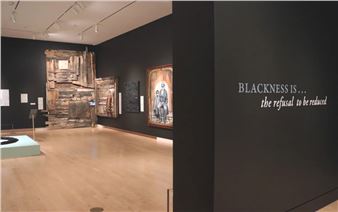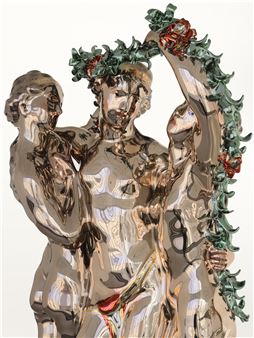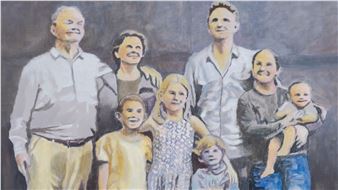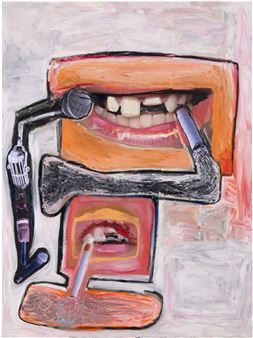Prison Nation
Most prisons and jails across the United States do not allow prisoners to have access to cameras. At a moment when 2.2 million people are incarcerated in the US, 3.8 million people are on probation, and 870,000 former prisoners are on parole, how can images tell the story of mass incarceration when the imprisoned don’t have control over their own representation? How can photographs visualize a reality that disproportionately affects people of color, and, for many, remains outside of view?
This exhibition coincides with the publication of “Prison Nation,” Aperture magazine’s spring issue organized with the scholar Nicole R. Fleetwood, an expert on art’s relation to incarceration. Addressing the unique role photography plays in creating a visual record of a national crisis, this exhibition and issue are accompanied by a series of six public programs—featuring speakers such as Nigel Poor, Aliya Hana Hussain, Keith Calhoun, Chandra McCormich, Jamel Shabazz, Deborah Luster, Bruce Jackson, Shani Jamila, Jesse Krimes, Sable Elyse Smith, Joseph Rodriguez, and more—all to take place at Aperture Foundation’s gallery.
Incarceration impacts all of us. “Americans, even those who have never been to a prison or had a relative in prison, need to realize that we are all implicated in a form of governance that uses prison as a solution to many social, economic, and political problems,” Fleetwood notes. Empathy and political awareness are essential to creating systemic change—and through Aperture magazine, and the accompanying exhibition and public programming, “Prison Nation” may provoke us to see parts of ourselves in the lives of those on the inside.
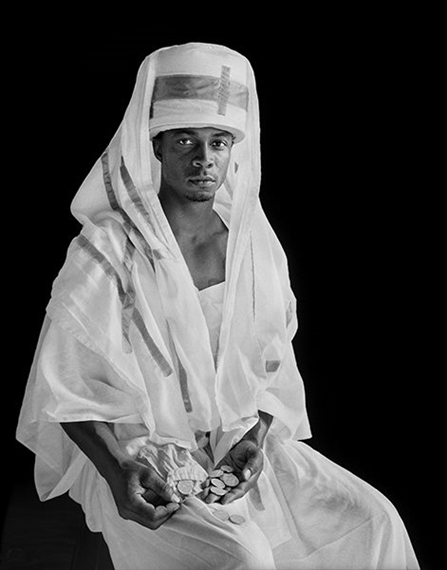
Recommended for you
Most prisons and jails across the United States do not allow prisoners to have access to cameras. At a moment when 2.2 million people are incarcerated in the US, 3.8 million people are on probation, and 870,000 former prisoners are on parole, how can images tell the story of mass incarceration when the imprisoned don’t have control over their own representation? How can photographs visualize a reality that disproportionately affects people of color, and, for many, remains outside of view?
This exhibition coincides with the publication of “Prison Nation,” Aperture magazine’s spring issue organized with the scholar Nicole R. Fleetwood, an expert on art’s relation to incarceration. Addressing the unique role photography plays in creating a visual record of a national crisis, this exhibition and issue are accompanied by a series of six public programs—featuring speakers such as Nigel Poor, Aliya Hana Hussain, Keith Calhoun, Chandra McCormich, Jamel Shabazz, Deborah Luster, Bruce Jackson, Shani Jamila, Jesse Krimes, Sable Elyse Smith, Joseph Rodriguez, and more—all to take place at Aperture Foundation’s gallery.
Incarceration impacts all of us. “Americans, even those who have never been to a prison or had a relative in prison, need to realize that we are all implicated in a form of governance that uses prison as a solution to many social, economic, and political problems,” Fleetwood notes. Empathy and political awareness are essential to creating systemic change—and through Aperture magazine, and the accompanying exhibition and public programming, “Prison Nation” may provoke us to see parts of ourselves in the lives of those on the inside.
Contact details

Related articles
Forty years ago the situation in U.S. prisons was still, in some ways, normal. The War on Drugs was yet to begin (1982); federal mandatory minimum sentences were not yet in place (1986), though some states had gotten a jump on the concept — notably New York, where the...

 ARTISTS
ARTISTS










